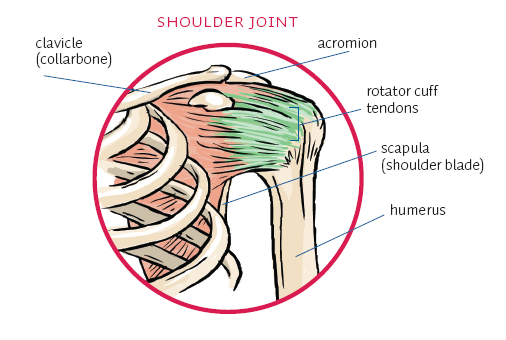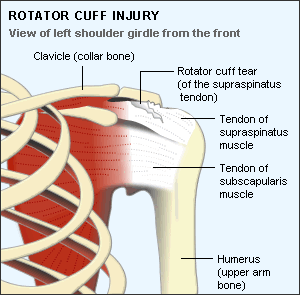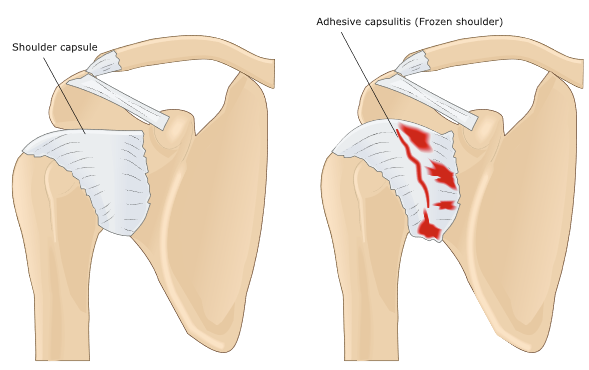nalco group
bone, muscle & joint pain physio
BOOK NOW / WHATSAPP ABOUT YOUR PAIN OR INJURY
- NOVENA 10 Sinaran Drive, Novena Medical Center #10-09, Singapore 307506
- TAMPINES 9 Tampines Grande #01-20 Singapore 528735
- SERANGOON 265 Serangoon Central Drive #04-269 Singapore 550265
Home > Blog > Physiotherapy > Conditions > Shoulder Pain Physiotherapy
Shoulder Pain Physiotherapy

Shoulder pain is a very very common problem that affects around thirty
percent of people (or 3 out of 10 people have shoulder pain).
Good news is that we've a team of senior physiotherapists and senior hand therapists with decades of shoulder pain management experience.
This article aims to help you understand and find out everything you need and want to know about shoulder joint pain, including upper arm pain and shoulder blade pain.
You know, shoulder and upper arm pain can come about from a whole slew of different causes. In some cases, shoulder and upper arm pain may be related to
- posture
- weakness
- tightness
- instability
- wear and tear
or
- an injury
In some cases, shoulder pain may not even be caused by a problem in the
shoulder itself, but from a problem in the neck which travels or radiates downwards to the shoulder. Of course, sometimes, shoulder pain may also
travel up the neck, across the top of the back and shoulder blades and
down the arm.

Our shoulder joint is made up of the
- humerus (upper arm bone)
- scapula (shoulder blade) and
- the clavicle (collar bone)
It
is surrounded by muscles, tendons, ligaments and bursa which work
together. The shoulder is the most mobile joint in the body but this
flexibility makes it prone to injury.
This article will cover 2 general topics on shoulder pain:
- Shoulder pain diagnosis
- Shoulder pain injuries
Shoulder pain diagnosis
This diagnosis section will help you work and figure out what is causing and aggravating your shoulder pain which is important to determine the best shoulder pain physiotherapy treatment for you.
How we do it is that we can
start by determining exactly where your shoulder pain is, and then from there, what your
specific symptoms are and how the pain started to work out the most
likely cause of your shoulder pain.
- Burning Shoulder Pain: Burning sensation in the shoulder/arm
- Collarbone Pain: Pain that stems from anywhere around the collarbone (clavicle)
- Left Arm Pain: Pain predominantly in the left shoulder and/or arm
- Shoulder Blade Pain: Pain in or around the shoulder blades
- Upper Arm Pain: If the pain is mostly around your upper arm, this is the place to start for you.
Shoulder Injuries & Conditions
Here you can find out about the most common causes of shoulder pain as well as shoulder joint pain.
If you have already consulted a doctor, you may have already been told by your doctor what is wrong with your shoulder (if this is you, then just choose from the list of shoulder injuries and conditions below and read more about your specific shoulder pain condition).
However if you do not know what your specific shoulder condition is, then we recommend that you scroll through the list of shoulder conditions below.
For your convenience, we've included a brief summary of the causes and
symptoms to help you identify your problem. Left-click to read more in detail about each painful shoulder condition ya.

Rotator Cuff Tear: One of the most common shoulder problems. Damage to one of the tendons either from wear and tear or an injury results in a tear causing shoulder pain and weakness. Most common over the age of 40
Shoulder Impingement Syndrome: Repetitive pinching and friction on the soft tissues in the shoulder which leads to shoulder pain with arm movements, particularly around shoulder height. May be due to wear and tear or inflammation
Fractured Collarbone: Most common in children and young adults, and usually caused by an awkward fall. There is usually immediate pain and swelling and it may be difficult to move the arm
Bankart Lesion: A tear in the cartilage that causes shoulder instability (sometimes dislocation) and catching pain. Usually caused by a fall or contact sports
Shoulder Fractures: Find out all about the different types of shoulder fractures, how they are treated and how to make a great recovery
Proximal Humerus Fractures: This is when there is a break at the top of the upper arm bone. Here we look at the common causes, symptoms and treatment options

Frozen Shoulder: Most commonly affecting patients who are between the ages of 40-70. It usually starts with pain in the shoulder with progressive shoulder stiffness. After a while the pain eases but the stiffness gets progressively worse and arm movement feels blocked. In most cases develops for no obvious reason although it can follow and injury or surgery
Shoulder Bursitis: Inflammation of one of the fluid filled sacs in the shoulder joint leading to shoulder pain, weakness and stiffness. Often causes by repetitive overhead actions
Brachial Neuritis: Sudden onset of severe shoulder pain followed by weakness and loss of movement. Caused by inflammation of the brachial plexus
Restless Arm Syndrome: Pain, strange sensations and involuntary arms movements that seems to be particularly worse at night
SLAP Tear: Damage to the top part of the cartilage that surrounds the shoulder joint. Causes shoulder pain, instability and weakness
Scapulothoracic Bursitis: aka Snapping Shoulder blade: Inflammation of the bursa affects shoulder blade movement, often resulting in a snapping/grating sound at the scapula as you move the arm
shoulder pain physiotherapy
Patients may also receive the following hand therapy treatment modalities:
- cold therapy
- moist heat paraffin wax therapy
- radio-frequency Indiba physiotherapy to accelerate soft tissue healing
- joint mobilization
- stretching exercises
- strengthening exercises
- scar management
- manual therapy: hands on manipulation and mobilization of the shoulder joint and the tissues surrounding the joint
- soft tissue management
- heat therapy and heat treatment and heat pack to relief tight muscles and joints
- ultrasound therapy to accelerate soft tissue healing
- exercise therapy
- acupuncture and/or dry needling
- deep tissue release
- and more
